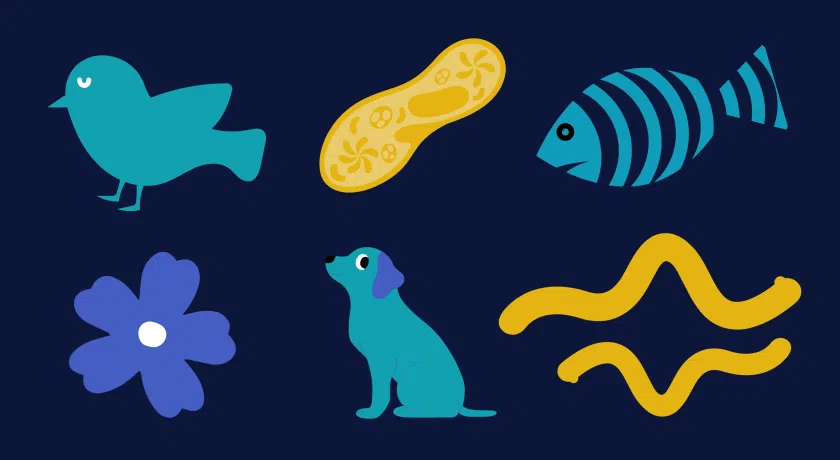
When you first start with single-cell sequencing, it’s often best to start small with a pilot project. Here, we explain why.
We updated this blog from March 2021 on 5 December 2022. We rewrote it and included a company comparison as a reason to start with a pilot project.
Technical and biological validation
If you start a new single-cell sequencing project, you need validation. Are you using the proper protocols in your lab? Did you choose the correct parameters?
Whether you send us a single-cell suspension or cells sorted into plates, it is important to determine if your samples are good quality. Several things can happen when a step in your protocol is suboptimal. If the viability of your sample is low, you will have fewer live cells in your data than you might have expected. This means fewer cells to include in your analysis later on.
It’s also possible that you end up with clusters based on technical or biological differences in your samples: a batch effect. In that case, you need to correct this effect in your data, hoping you can still draw conclusions. To avoid this, we recommend a small pilot project to ensure your protocol is fully optimized and you are ready for a more sizeable single-cell project.
With a single-cell sequencing pilot project, you can analyze a small dataset to validate if the project will yield valuable biological results. We recommend a pilot strongly if you are unsure about the outcome—for example when you are interested in comparing two patient groups or samples before and after treatment. A pilot project is perfect to indicate if you can expect a valuable outcome.
Start small to optimize your final project design. If you collect single-cell data from a few samples, you can use that data to adjust your original plan. For example, you might need to sequence deeper to identify all cell types. Or, if you have more than enough cells in your dataset, you can lower the number of cells per sample.
Based on your pilot project data, we can decide together how to proceed. To learn more about project design, visit our blog, How to determine your single-cell sequencing parameters
Make a grounded comparison
It is good practice to compare different providers of similar services. Protocols, quotations, and roadmaps can indicate which provider to select. But nothing can get you a more grounded idea of the service than true experience. If feasible, we recommend that you start a pilot project with comparable samples at several single-cell sequencing providers.
Fewer risks
Since single-cell sequencing is relatively expensive, starting with a large single-cell sequencing project is risky without technical or biological validations. A pilot project can assure you whether or not you should proceed and make a larger investment. Positive pilot results and suggestions for optimization lend credence to a decision to invest like nothing else.
Are you interested in a pilot project? You can book a meeting with one of our specialists here.


